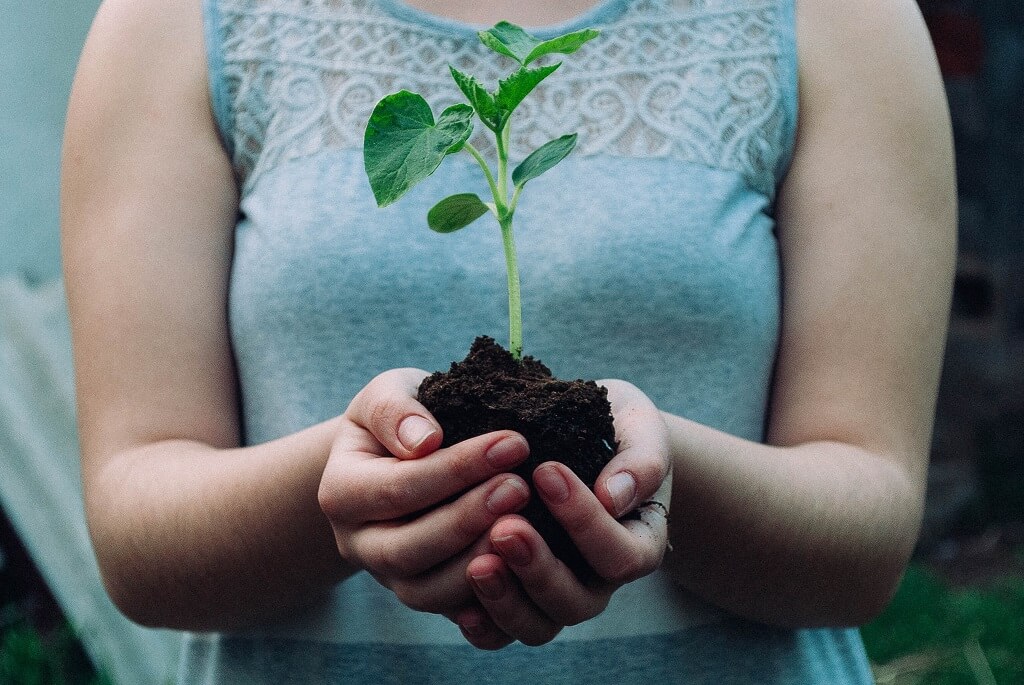The United States and approximately 120 other countries signed the historic Paris Agreement on Earth Day 2016. The historic draught climate protection treaty was signed, completing a critical step towards its entry into force. This was adopted by consensus at the 2015 United Nations Climate Change Conference in Paris by the 195 nations in attendance.
What Is the Earth Day?
Earth Day is a worldwide celebration dedicated to environmental protection that takes place every year on April 22nd. Its mission is to make people more aware about environmental problems and mobilize people to become involved in the environmental movement. Low-carbon lifestyles benefit the planet's overall environment. Dennis Hayes and Gaylord Nelson founded the Earth Day movement in 1970. Earth Day is now observed in 192 countries across the world, including over 1 billion people taking part every year, making it the biggest folk environmental festival in the world.
When Is the First Earth Day?
John McConnell, a peace activist, proposed a day honoring the Earth as well as the concept of peace at a UNESCO conference in San Francisco in 1969. This would be celebrated on March 21, 1970, for the first time which marks the first day of spring in the northern hemisphere. This day of natural equilibrium was later recognized by the United Nations in a Proclamation written by McConnell and signed by Secretary General U Thant. A month later, on April 22, 1970, Gaylord Nelson, the Senator of United States established a separate Earth Day as an environmental teach-in. [1] While the United States was the focus of this year's Earth Day on April 22nd, an organization was founded in 1970 by Denis Hayes. He was the original national coordinator who organized and took this international in 1990.
What Can We Do to Celebrate the Earth Day?
Low carbon travel
Its goal is to promote low-consumption, low-pollution, and low-emission green transportation modes, encourage people to use green and low-carbon transportation modes like public transportation, bicycles, and walking, and to educate the public about green travel and living a healthy lifestyle.
Garbage classification
Garbage production rises year after year as urbanization progresses. Garbage is generated on a daily basis, and unorganized mixed piles not only cause odor, soil, and groundwater pollution, but strict garbage classification is also important for improving urban civilization, improving the urban environment, and increasing resource recycling and utilization.
Conserve water
Water is both the source and the cradle of all life. Water is inextricably linked to human existence and development. People and all other living things cannot survive without water. As a result, beginning with myself and bit by bit, we must value water, cherish water, and save water. The Waterdrop reverse osmosis water filter uses ground-breaking water-saving technology to reduce the drain ratio to 3:1. Choose this eco-friendly system to help you live a greener life while also saving money on your water bill.
Save paper
The amount of paper consumed in daily work and life is staggering. Paper is produced from trees, and as more paper is consumed, fewer trees remain. Saving paper begins with small steps, for example, printing documents on both sides; using used paper on the reverse side; placing a handkerchief in the clothing pocket to reduce the use of paper towels; and using electronic invoices, among other things.
Save electricity
When electric appliances are turned on, carbon dioxide is released, and even small cell phone batteries emit carbon dioxide when plugged into a socket. When the battery is fully charged, it should be removed as soon as possible. Electricity pollutes the environment significantly by emitting large amounts of carbon monoxide, Sulphur dioxide, nitrogen dioxide, and dust. Use energy-saving products and conserve natural resources by turning off the lights.



